There is a popular belief that Testing is a simple activity which is performed without any basics whereas; the reality is that it consists of a series of activities carried out methodologically to help certify your software product. Just like developers follow the Software Development Life Cycle (SDLC), likewise, testers also follow the Software Testing Life Cycle which is called as STLC.
In this blog post, I am gonna provide a spotlight to Software Testing Life Cycle (STLC) and how it assists in improving the final quality of your product. So, let’s get started…
Jump to Section
What Is STLC?
The sequence of changes from one form to another form is known as Lifecycle. These changes can happen to any tangible or intangible things. Every entity has a lifecycle from its start to retire or demise.
Software Testing Life Cycle (STLC) is a testing process which is executed in a sequence, in order to meet the quality goals. It is not a single activity but it consists of many different activities which are executed to achieve a good quality product. There are different phases in STLC which are given below:
- Requirement analysis
- Test Planning
- Test case development
- Environment Setup
- Test Execution
- Test Cycle Closure
Moving further, we will discuss all these different phases. Each of the above-mentioned stages holds a definite Activities & Deliverables; Entry and Exit criteria associated with it.
Entry And Exit Criteria: A Brief
Entry Criteria: These are the precondition or prerequisites that must be completed before we start to Test the product.
Exit Criteria: It is defined as the items or the documents that need to be completed before the testing activity is concluded.
Here, in STLC, Exit criteria of each and every phase is the entry criteria for the next phase.
Requirement Analysis
This is the very first phase of Software testing Lifecycle (STLC). During this phase, the testing team goes through the Requirement documents thoroughly with both, Functional and Non-Functional details, in order to identify the testable requirements. If there is any confusion in the requirements, QA team can set up a meeting with the clients and the stakeholders in order to clarify their doubts.
Entry Criteria, following should be available:
- Requirements Specification.
- Application architectural
- Along with above documents, Acceptance criteria should be well defined.
Activities performed in this phase are below:
- Analyzing the System Requirement specifications from the testing point of view
- Preparation of Requirement Traceability Matrix(RTM)
- To be used testing techniques and testing types
- Prioritizing the feature which needs focused testing
- Analyzing the Automation feasibility
- Identifying the details about the testing environment where actual testing will be done
Exit Criteria (Outcome) of Requirement analysis phase are:
- Requirement Traceability Matrix (RTM)
- Automation feasibility report
Test Planning
Test Planning is the most important phase of STLC where we define all the testing strategies, hence it is also known as Test Strategy Phase. During this phase, Test Manager or Test Lead will determine the effort and cost estimates for the complete project. Test planning is started once all the requirements are gathered as per the Requirement analysis.
Entry Criteria, following should be available:
- Requirements Documents (Updated version of unclear or missing requirement).
- Automation feasibility report.
Activities performed in this phase are below:
- Objective & scope of the project is defined.
- Test effort estimation and resource planning are done.
- Selection of testing tool if required.
- The test environment required for the entire project is defined.
- Test schedule and control procedure is defined and prepared.
- Determining roles and responsibilities and list down the testing deliverable.
- Define the entry criteria, suspension criteria, resumption criteria and exit criteria.
- Define the risk involved if any.
Exit Criteria (Outcome) of this phase are:
- Test Plan or Test strategy document.
- Testing Effort estimation document.
Test Case Development
Test Planning activity should be completed before we start Testcase development activity. During this phase of STLC, testing team is involved in writing detailed test cases as well as preparing test data, if required for testing. Test-cases are reviewed by the peer or the lead, once they are ready.
Entry Criteria, following should be available:
- Requirements Documents (Updated version of unclear or missing requirement).
- Automation feasibility report.
Activities performed in this phase are below:
- Preparation of test cases.
- Preparation of test automation scripts (if required).
- Re-requisite test data preparation for executing test cases.
Exit Criteria (Outcome) of this phase are:
- Preparation of test cases.
- Preparation of test automation scripts (if required).
- Re-requisite test data preparation for executing test cases.
Test Environment Setup
Test environment setup is an independent activity which we can start with test case development. It is a vital part of STLC and the test environment decides on which condition software needs to be tested. Testing team is not involved in the process of setting the test environment, it can be created by the developers or the customers. Meanwhile, the testing team prepares the smoke checklist or test cases to check whether the test environment is ready or not.
Entry Criteria, following should be available:
- Test Plan is available.
- Smoke Test cases are available.
- Test data is available.
Activities performed in this phase are below:
- Prepare the list of Software & hardware required to set up a test environment after analyzing the requirements.
- Test Environment setup.
- Execute the smoke test cases to check the readiness of the Test Environment.
Exit Criteria (Outcome) of this phase are:
- Test Environment will be ready with test data.
- The result of Smoke Test-cases.
Test Execution
To begin with Test Execution phase, Test Environment setup has to be ready. In this phase, test cases are executed by the testers in the test environment provided by the developers or the customers. During the test case execution, if any bug is found by the QA team, it needs to be reported in the test case. The reported bug is fixed by the developer and is retested by the QA after it is fixed. Test case execution activity is carried out based on the test plans and the test cases prepared.
Entry Criteria, following should be available:
- Test Plan or Test strategy document.
- Test cases and Test data should be provided or created.
Activities performed in this phase are below:
- Based on test planning execute the test cases.
- Mark status of test cases like Passed, Failed, Blocked, Not Run etc.
- Assign Bug Id for all Failed and Blocked test cases.
- Retesting the defects after fixed.
- Track the defects to closure.
Exit Criteria (Outcome) of this phase are:
- Test case execution report.
- Defect report.
Test Cycle Closure
During this phase, Test Leads or Managers call the meeting with the testing team members. Evaluate cycle completion criteria based on the Quality, Test coverage, Time, Cost, Business Objectives and the Software. Discussion of all the phases i.e., what all is good, the area of improvements for better outputs in the next Test cycle which will eventually improve the STLC process. Test closure report and Test metrics are prepared after the test cycle is completed. The test results are analyzed to find out the defect distribution by the type and severity.
Entry Criteria, following should be available:
- Complete set of Executed Test cases
- Test case Execution report
- Defect report
Activities performed in this phase are below:
- Evaluate cycle completion criteria based on Test coverage, Quality, Cost, Time, Critical Business Objectives, and Software Prepare test metrics based on the above parameters.
- Prepare Test closure report
Exit Criteria (Outcome) of this phase are:
- Test Closure report
- Test metrics
The follow-up of all the above-mentioned phases can provide one with a good understanding of the final product. One can also refer to documents including RTM, Automation feasibility report, Test Plan, Effort estimation, Test cases, automation script, Test closure report, etc. for further clarification.
Such documents can be very helpful for the next Test cycle of the product as they tend to do the job in less time and with minimal efforts.
- COVID-19: How We Are Dealing With It as a Company - March 23, 2020
- Agile Testing – The Only Way to Develop Quality Software - February 8, 2019
- How to Perform System Testing Using Various Types Techniques - May 16, 2018

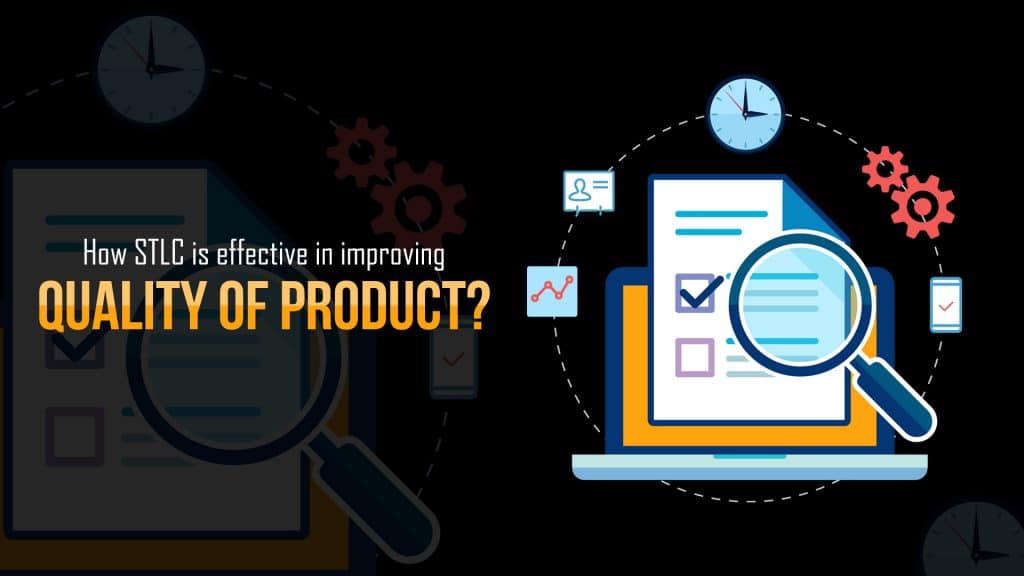
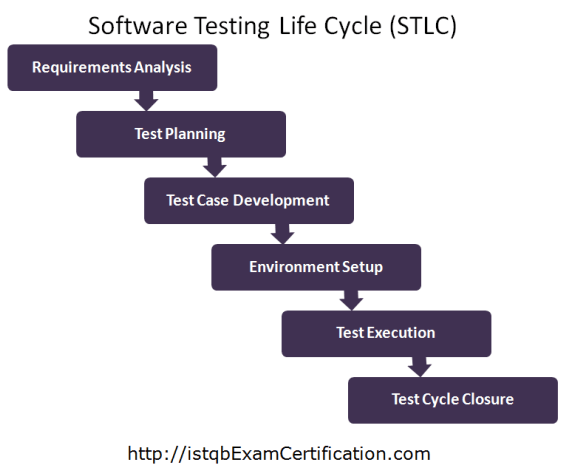
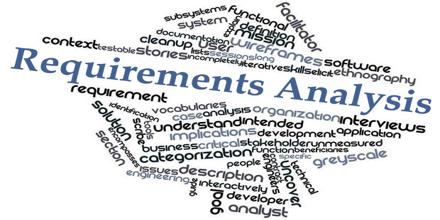


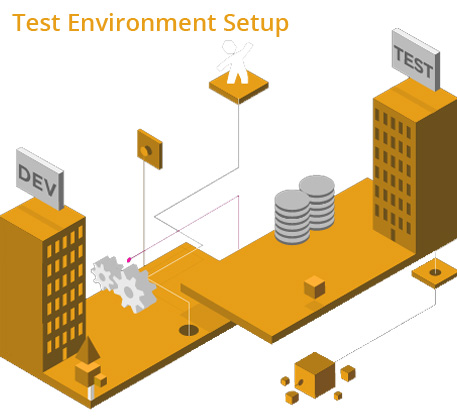

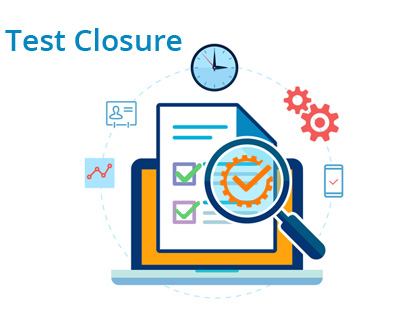
Very nice article please keep it up..